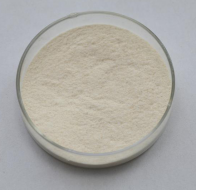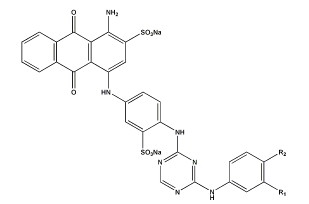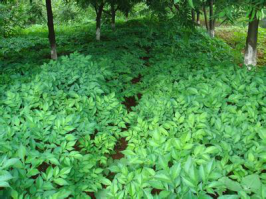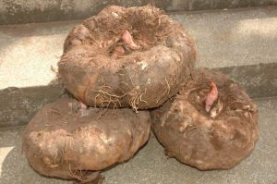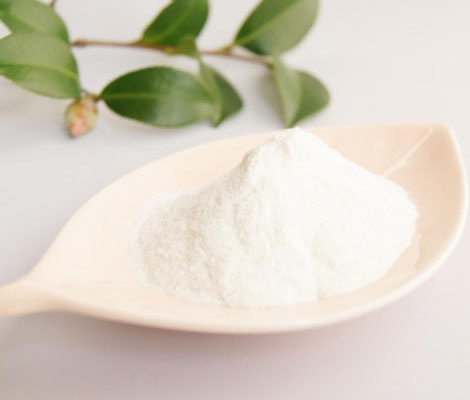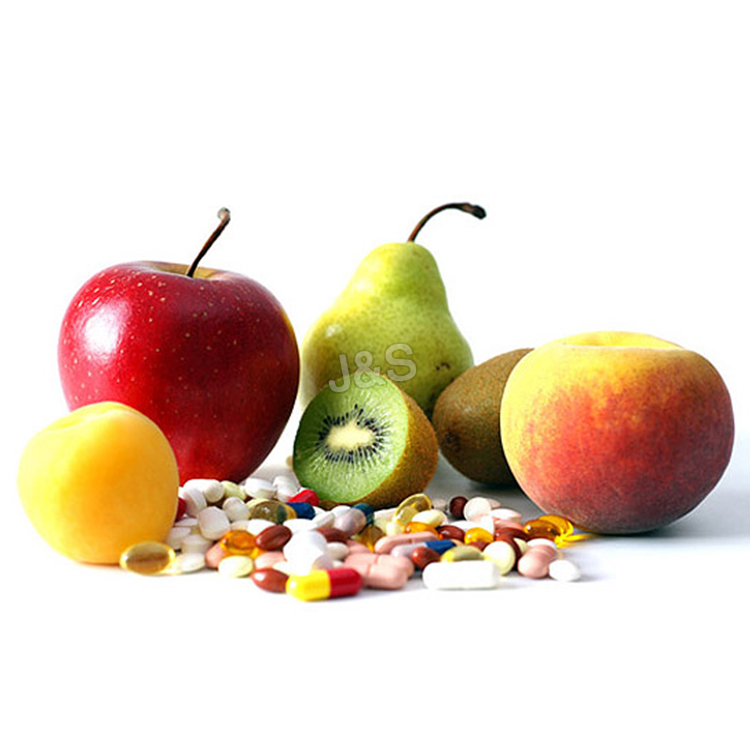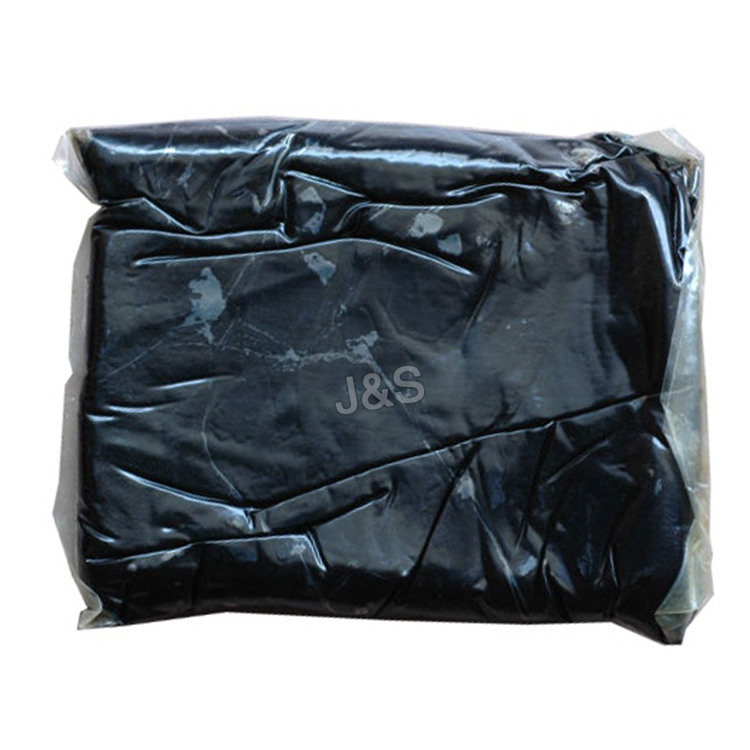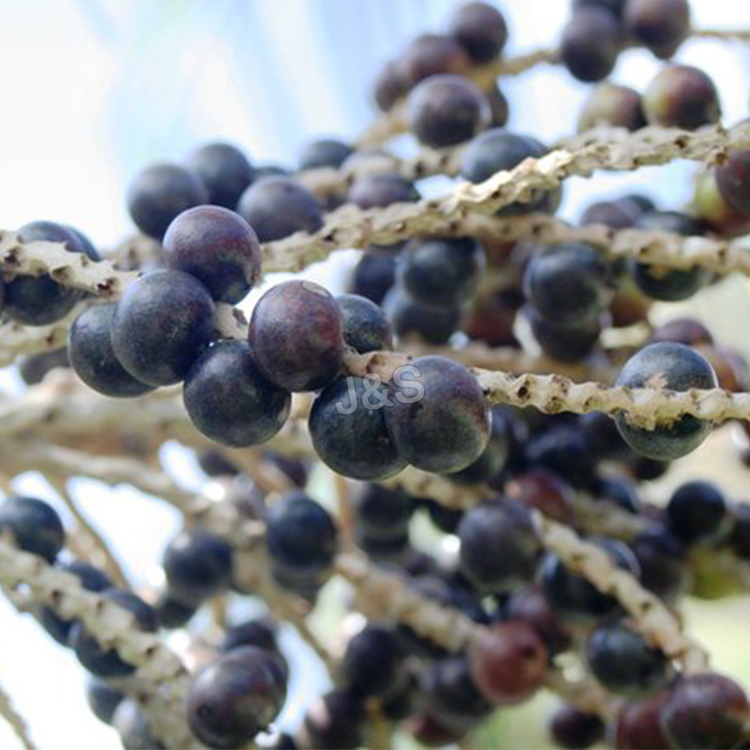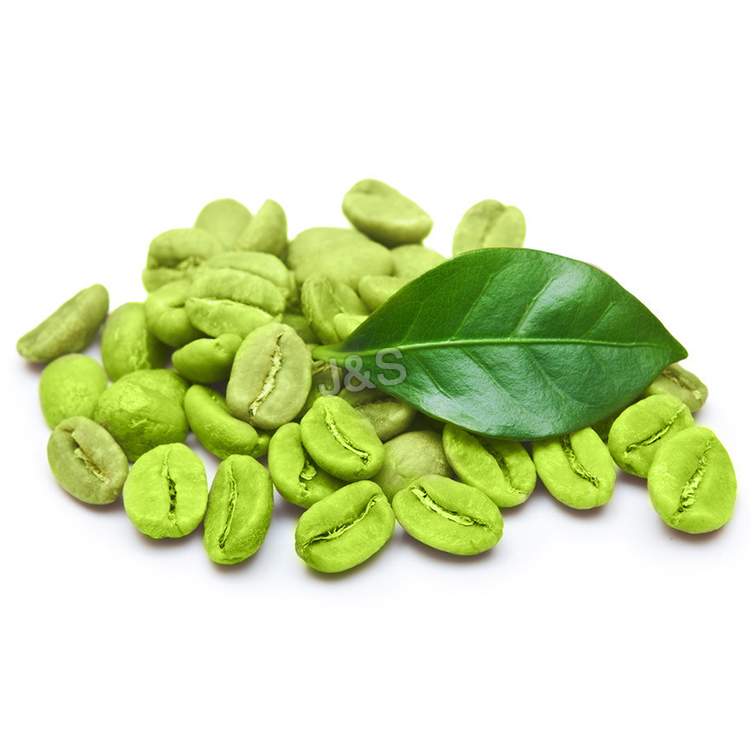Hot-selling attractive price Konjac Gum Powder in Birmingham
Hot-selling attractive price Konjac Gum Powder in Birmingham Detail:
[Latin Name] Amorphophallus konjac
[Plant Source] from China
[Specifications] Glucomannan85%-90%
[Appearance] White or cream-color powder
Plant Part Used:Root
[Particle size] 120 Mesh
[Loss on drying] ≤10.0%
[Heavy Metal] ≤10PPM
[Storage] Store in cool & dry area, keep away from the direct light and heat.
[Shelf life] 24 Months
[Package] Packed in paper-drums and two plastic-bags inside.
[Net weight] 25kgs/drum
[Introduction]
Konjac is a plant that is found in China, Japan and Indonesia. The plant is part of the genus Amorphophallus. Typically, it thrives in the warmer regions of Asia.
The extract of the Konjac root is referred to as Glucomannan. Glucomannan is a fiber-like substance traditionally used in food recipes, but now it is utilized as an alternative means of weight loss. Along with this benefit, konjac extract contains other benefits for the rest of the body as well.
The main material of the natural konjac gum is fresh konjac, which grow in virgin forest in Hubei area. We use advanced method to distill the KGM, aminophenol, Ca, Fe, Se which are good for health. Konjac is known as“ the seventh nutriment for human”.
Konjac Gum with its special water holiding capacity, stability, emulsibility, thickening property,suspension property and gel propery can especially adopted in food industry.
[Main Function]
1.It could reduce postprandial glycemia, blood cholesterol and blood pressure.
2.It could control appetite and reduce body weight.
3.It could increase insulin sensitivity.
4.It could control insulin resistant syndrome and diabetesII development.
5.It could reduce heart disease.
[Application]
1) Gelatinizer(jelly, pudding, Cheese, soft candy, jam );
2) Stabilizer(meat, beer);
3) Film Former(capsule, preservative)
4) Water-keeping agent( Baked Foodstuff );
5) Thickener (Konjac Noodles, Konjac Stick, Konjac Slice, Konjac Imitating Food stuff);
6) Adherence agent( Surimi );
7) Foam Stabilizer (ice cream, cream, beer)
Product detail pictures:
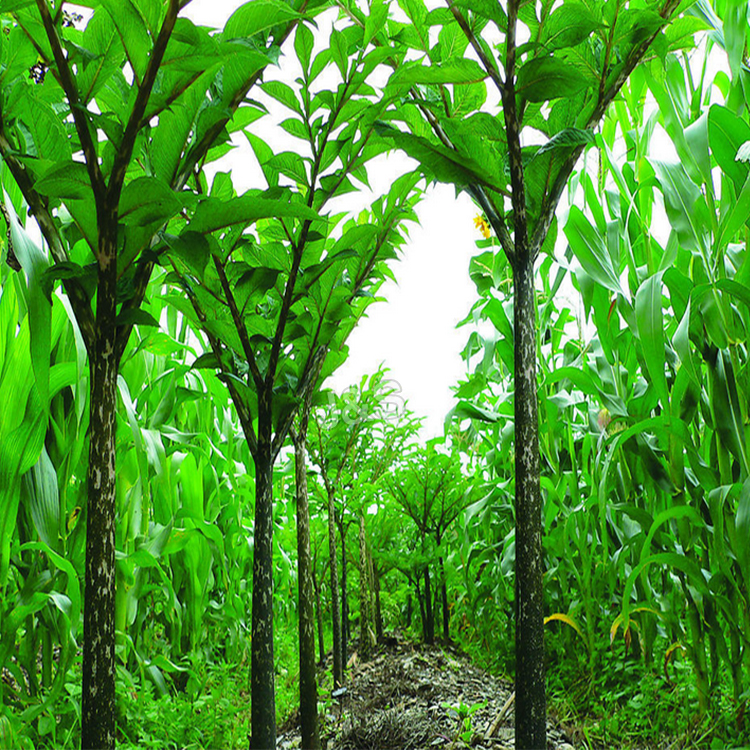
Related Product Guide:
We are also specializing in improving the things management and QC method in order that we could retain terrific edge inside the fiercely-competitive small business for Hot-selling attractive price Konjac Gum Powder in Birmingham , The product will supply to all over the world, such as: Sri Lanka, Chicago, Sao Paulo, Further, we are supported by highly experienced and knowledgeable professionals, who have immense expertise in their respective domain. These professionals work in close coordination with each other to offer our clients an effective range of products.
Bị căn bệnh ung thư xương quái ác hành hạ, qua chẩn đoán của bệnh viện, chị Nguyễn Thị Hồng (Quang Trung, Hóc Môn, TP.HCM) nghĩ mình khó có thể qua khỏi. Các bác sĩ hầu như đã “lắc đầu” nhưng với hy vọng còn nước còn tát, chồng chị là anh Nguyễn Đăng Minh đã đưa chị về nhà tận lực chữa trị bệnh ung thư, hy vọng điều kỳ diệu sẽ xảy ra…
Không thể đầu hàng
Cầm hồ sơ bệnh án ghi rõ tình trạng bệnh của vợ: ung thư xương, di căn hủy xương mô ngực, xương khớp háng, có hai vết đen ở vách phổi và những hạt nhỏ li ti ở nách, anh Minh gần như chết lặng. Do thời điểm phát hiện bệnh quá muộn, cánh tay trái của chị ảnh hưởng di căn, sưng to cứng, không cử động được, đau nhức khủng khiếp. Không đồng ý với giải pháp đoạn chi do bác sĩ bệnh viện đưa ra, anh cùng vợ thống nhất giữ nguyên vẹn cơ thể. Vì anh biết rằng, dù có đoạn chi hay xạ trị cũng chỉ là giải pháp tạm thời, vợ anh có thể ra đi sau một tháng, thậm chí nửa tháng. Hơn nữa, qua cách nói tế nhị của các bác sĩ, anh cũng đoán được phần nào. Đưa vợ về nhà trong tình trạng cánh tay sưng to, khớp háng đau nhức không đi được, bằng tình yêu thương của một người chồng, anh tự làm “bác sĩ” riêng tận tâm chăm sóc vợ.
Đầu tiên, anh lên mạng tìm hiểu về bệnh ung thư. Qua đó, anh biết rằng bệnh ung thư có hai dạng: nguyên phát và thứ phát. Người bệnh thường sẽ tử vong do ung thư thứ phát, tức là triệu chứng di căn, như từ ung thư xương dẫn đến ung thư phổi, gan, đại tràng, bao tử… Nếu ăn uống không đúng cách, tốc độ di căn sẽ chóng vánh. Do đó, anh tự soạn thực đơn cho vợ, nấu những món ăn có nấm, rau, tăng cường ăn trái cây, hạn chế thức ăn nhiều đạm, đặc biệt là cữ thịt bò, thay gạo trắng bằng gạo lứt để hạn chế lượng đường nạp vào cơ thể, không tốt cho người mắc bệnh ung thư. Anh tin vào thực đơn dinh dưỡng riêng của mình bởi anh từng có kinh nghiệm nuôi hai cụ trước đó. Anh nhận thấy rằng, càng ăn uống thanh đạm, người bệnh càng dẻo dai và có sức chịu đựng tốt hơn, đặc biệt, với người bị ung thư như vợ anh thì càng hạn chế những thức ăn quá bổ. Sau đó, anh tìm hiểu đủ các phương thuốc dân gian, ai bày gì đều cho vợ dùng thử để chị cầm cự được lúc nào hay lúc nấy.
Với tôi, Beta glucan là “ơn trên”
Đọc thêm: https://umekenbetaglucan.vn/betaglucan-da-cho-vo-toi-co-hoi-song.html
Trang chủ: https://umekenbetaglucan.vn/
Berikut adalah penjelasan dari beberapa responden member NATURALLY PLUS INDONESIA di Road Show Bekasi, mengapa mrk memilih S LUTENA (SUPER LUTEIN) dari NATURALLY PLUS.
Utk mendapatkan Produk Anti Kanker No.1 dari Jepang, SUPER LUTEIN (S LUTENA), silahkan hubungi Contact Person kami, di link berikut ini:
OUR CONTACT PERSON: https://www.facebook.com/note.php?note_id=203545366379646.
The company has a good reputation in this industry, and finally it tured out that choose them is a good choice.
